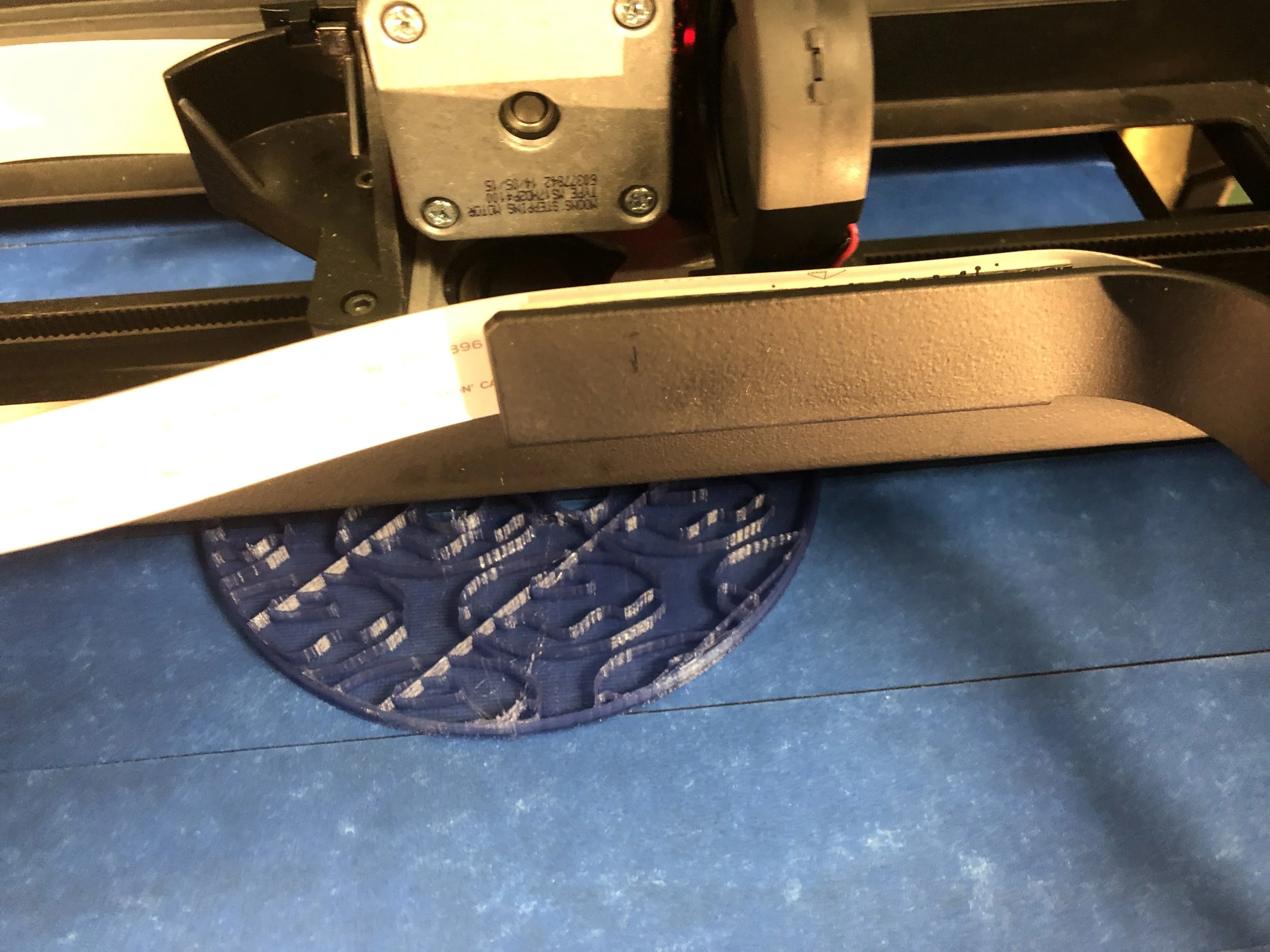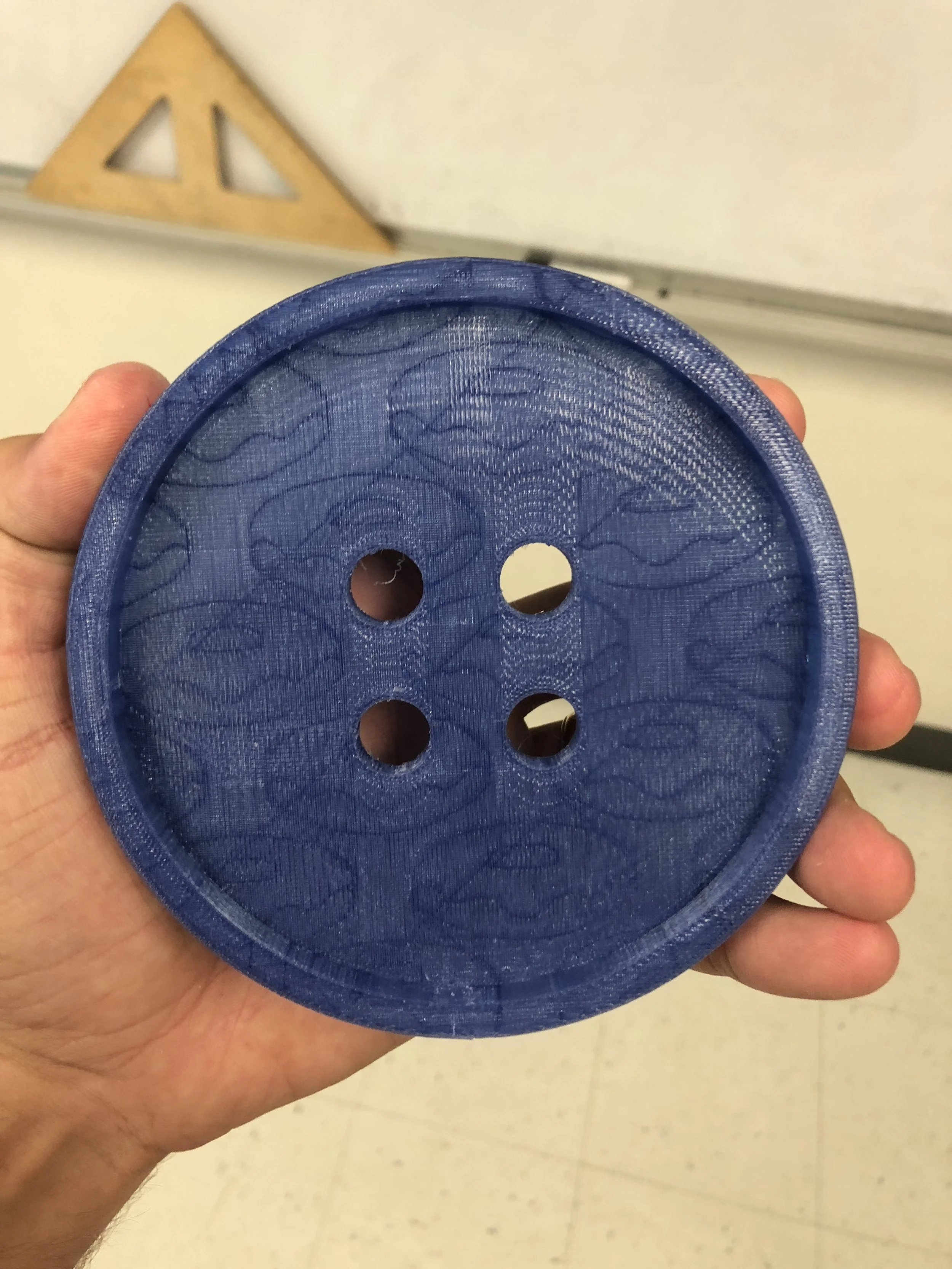Not Just “Click Print”: Boosting Critical Thinking with 3D Printing
When I first got a 3D printer, I quickly realized it wasn’t just a tool for printing random trinkets. 3D printing is an incredible way to boost critical thinking. The process challenges you to solve problems, analyze designs, and adapt to new tools—all while creating something tangible and fun. Whether it’s deciding how to print an intricate head bust or figuring out the best settings for a custom button, 3D printing pushes your creativity and engineering skills to the next level.
But success in 3D printing isn’t just about clicking "print." It’s about understanding and mastering the key elements that impact your final results: supports, walls, and infill. Each one requires thoughtful planning and decision-making, making the process a fantastic exercise in critical thinking. Let’s dive in.
Supports: A Critical Thinking Tool
Back in the day, supports were a headache. They were simple, straight lines that often fused to your print, making removal messy and time-consuming. Today, slicer programs like Cura (my personal favorite) have evolved to offer smarter options like “tree” supports. These are more efficient, growing only where needed to support overhangs greater than 45º. They’re easy to break away and save time, materials, and frustration.
Dual extrusion printers take supports to the next level by allowing you to use different materials, like PVA (polyvinyl alcohol), for supports. PVA dissolves in water, making post-processing much easier—no more digging into internal cavities to remove hidden supports!
Deciding whether to use supports requires critical thinking and careful analysis. Here are a few factors to consider:
Design scale: Smaller prints, like head busts, often need supports to handle details such as the chin. Larger busts may not require supports because the increased scale naturally accommodates overhangs.
Complexity: Full-body figures almost always need supports to manage unattached overhangs, like outstretched arms. Adjusting the scale might help, but supports often remain crucial for these intricate models.
Material choice: Using dissolvable or easily removable materials for supports can save significant time during post-processing.
By evaluating these variables, you’re not just improving your prints—you’re sharpening your problem-solving and design-thinking skills.
Walls: Strengthening More Than Your Prints
The walls, or outer layers, of your design play a critical role in both aesthetics and functionality. By default, most slicer programs set walls to three or four layers thick, but adjusting this setting can make all the difference in achieving your desired result.
Transparent prints: A single wall with transparent filament creates a glass-like appearance. However, thin walls can make support removal tricky, so plan accordingly.
Durable designs: For prints requiring screws or inserts, I increase the wall count to six layers or more. This ensures the print can handle the added stress without cracking or warping.
Adjusting wall thickness is a balancing act that strengthens not only your print but also your critical thinking. You must consider the design’s function, the materials you’re using, and how the finished product will be used.
Adding a design flare to a print
Infill: The Hidden Strength
Infill is the internal structure of your print. Most designs aren’t solid inside, as that would waste time and material. Instead, infill provides just enough support to keep the object functional and lightweight.
Standard projects: I typically use 15% infill with a “3D cross” pattern, which balances strength and material efficiency for most prints.
Custom designs: For a transparent button project, I experimented with a “doughnut” infill pattern at 20%. The pattern was visible through the material, creating a unique aesthetic while maintaining functionality.
Adjusting the infill percentage and pattern depends on the print’s size, purpose, and visual requirements. For larger, functional designs, a denser infill provides more strength. For smaller, decorative objects, minimal infill can save material while achieving the desired look.
Conclusion: Critical Thinking in Action
3D printing isn’t just a fun hobby—it’s a powerful way to boost critical thinking. Each step, from deciding on supports to tweaking walls and infill, challenges you to analyze, problem-solve, and make strategic decisions.
So, the next time you prepare a print, take a moment to consider these three key elements. Whether it’s a quirky tchotchke or a functional design, you’ll see how much critical thinking goes into making the perfect print. Until next time, happy printing!
Final oversized button with doughnut infill.


